resistance test
A resistance test in electrical testing is used to measure the resistance of various electrical components, cables, or systems. Resistance Tester helps ensure that electrical systems and equipment function properly by checking the level of resistance in a circuit, conductor, or insulation. Resistance testing is crucial for verifying that equipment and wiring will operate safely and efficiently without excess heat generation, energy loss, or potential faults.
-
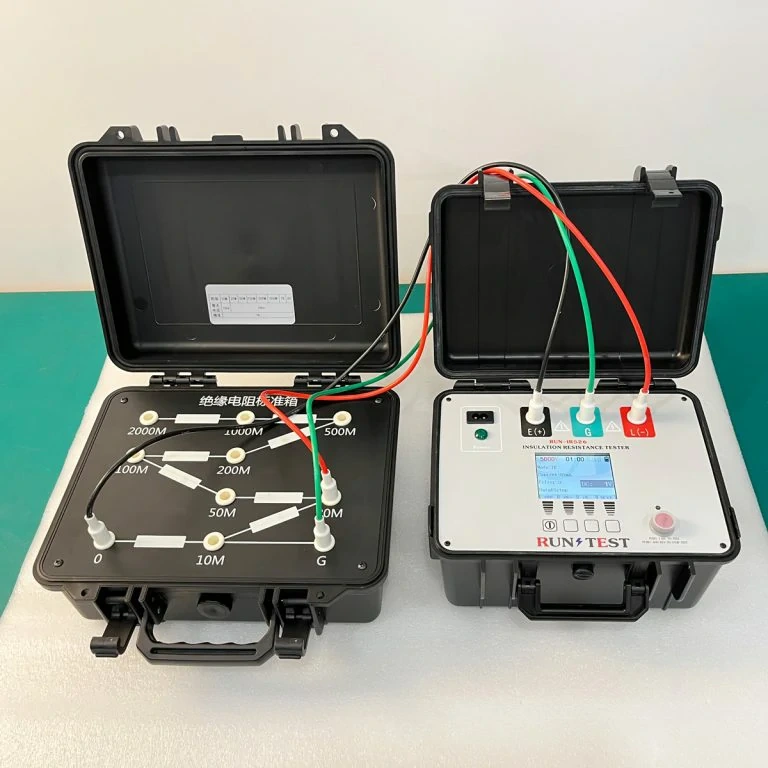
5kv high voltage insulation resistance tester
-
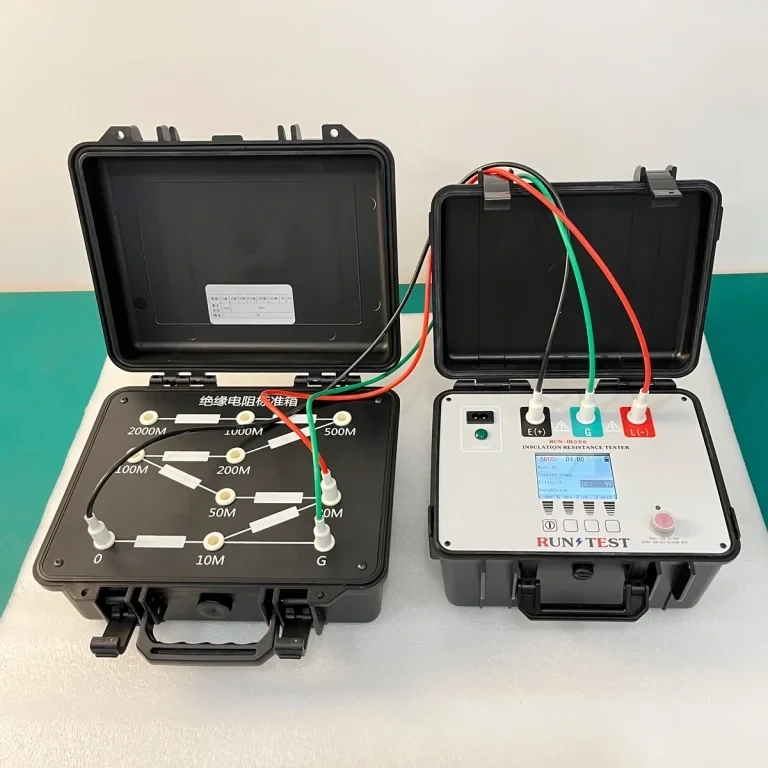
10kv Insulation Resistance Tester with Printer
-

Digital multifunctional earth resistance tester
-

Earth Resistance Testing Set Soil Resistivity Meter
-

Clamp on Ground Resistance Tester Earth Resistance Meter
-
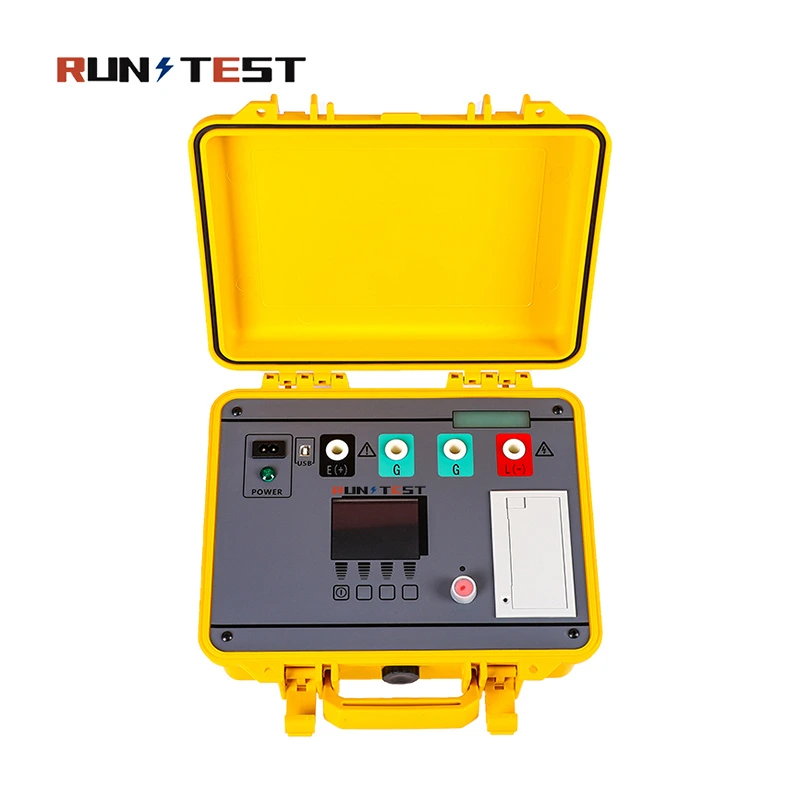
Hot sale factory direct price intelligent high-voltage 15kv insulation resistance tester
-
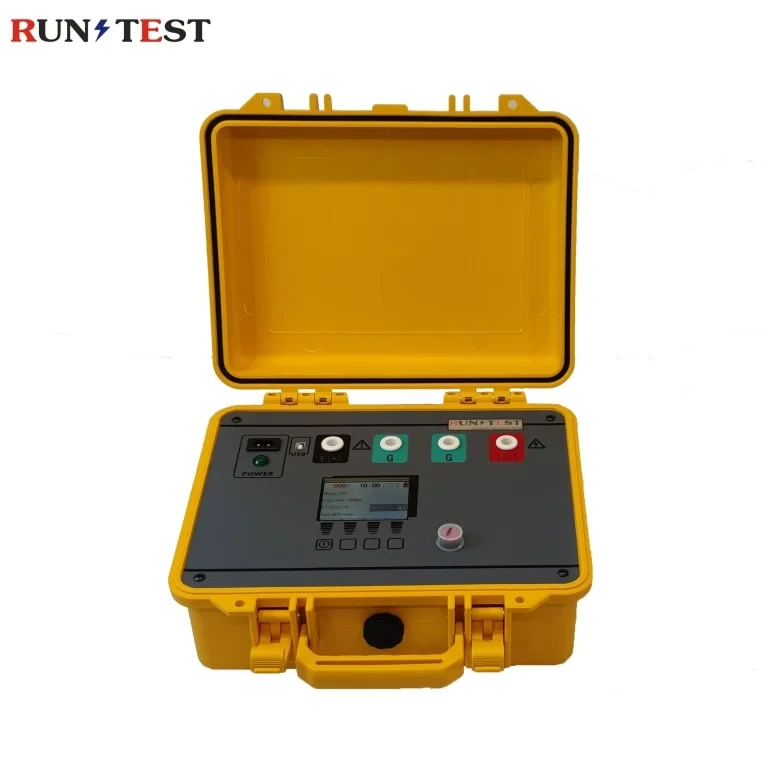
10kvHigh Voltage Digital Insulation Resistance Tester Product
-
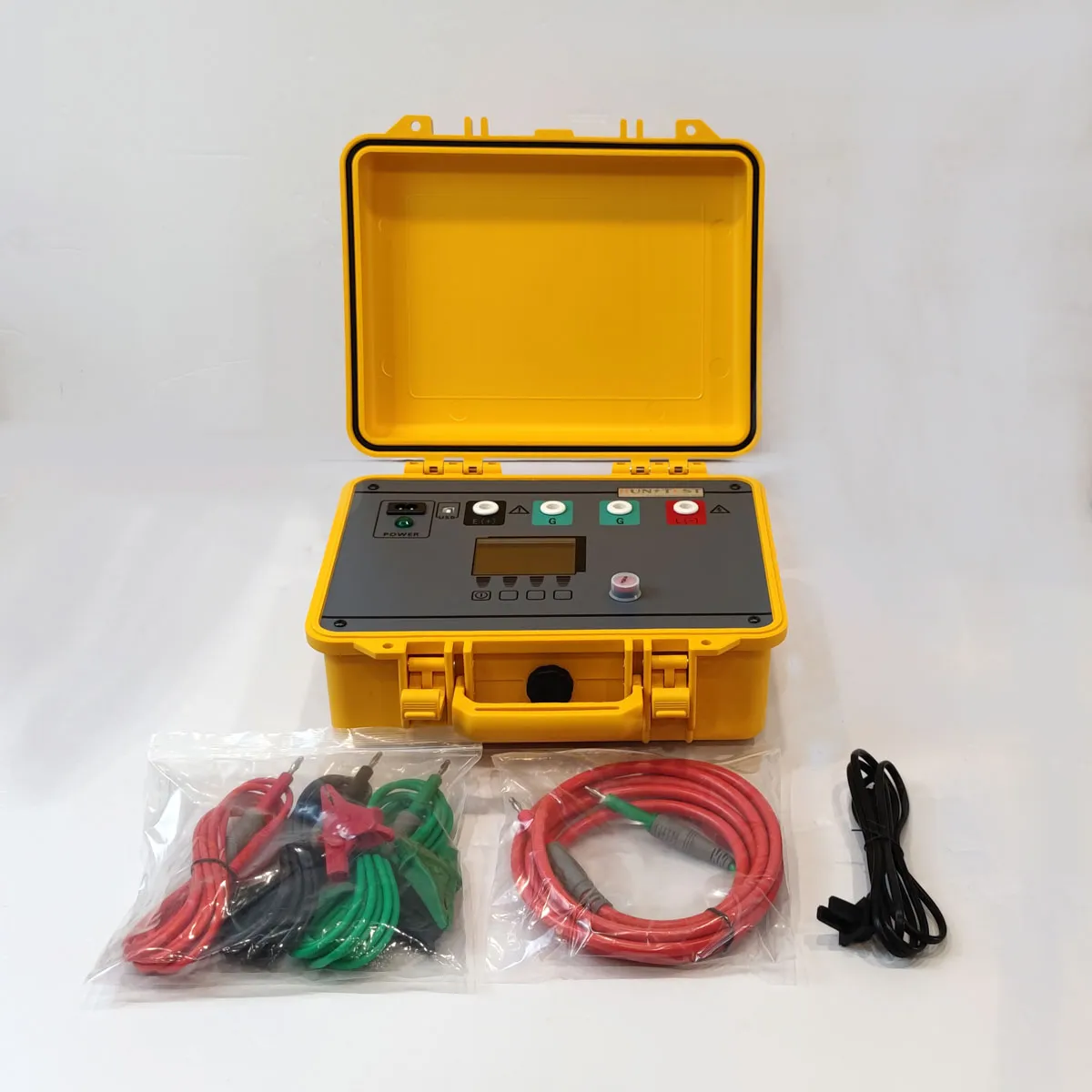
20kV Insulation Resistance Tester
-
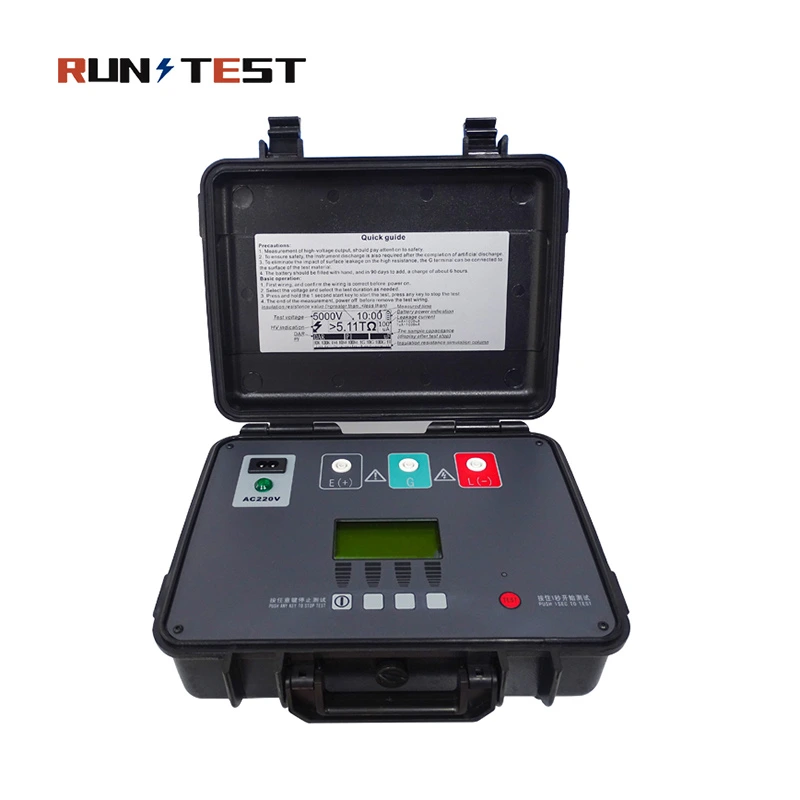
5kv Digital High Voltage Insulation Resistance Measuring Instrument Tester
Types of Resistance Tests in Electrical Testing:
Purpose: Measures the resistance of the insulation surrounding conductors to ensure it is high enough to prevent leakage currents.
Purpose: Determines the resistance of the grounding system, ensuring that electrical faults can be safely dissipated into the earth.
